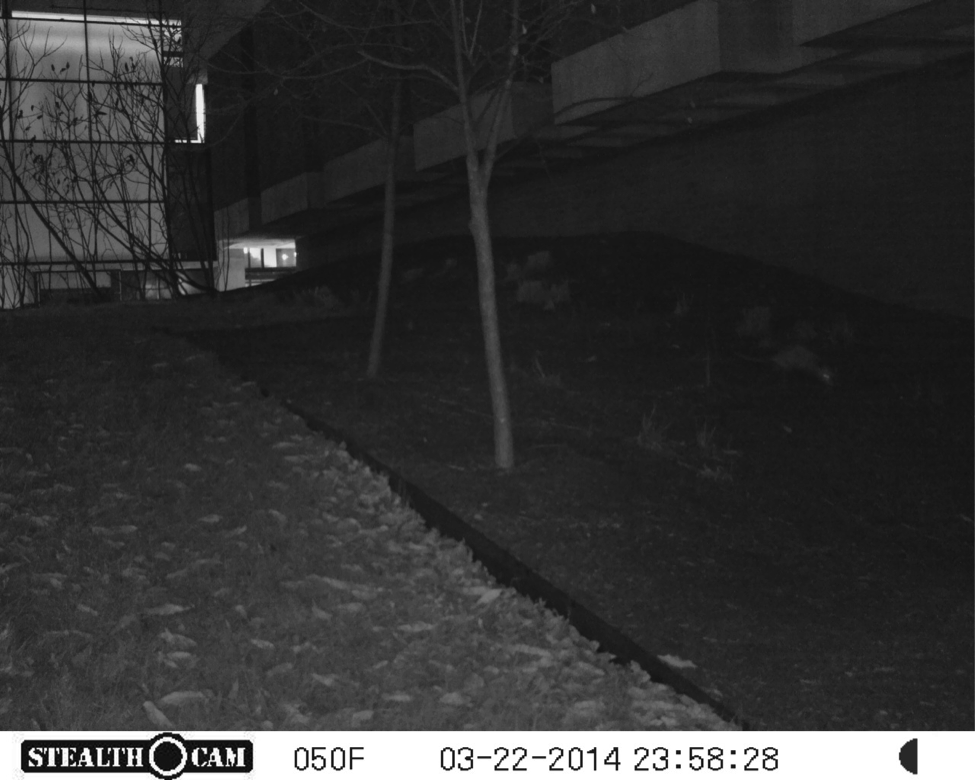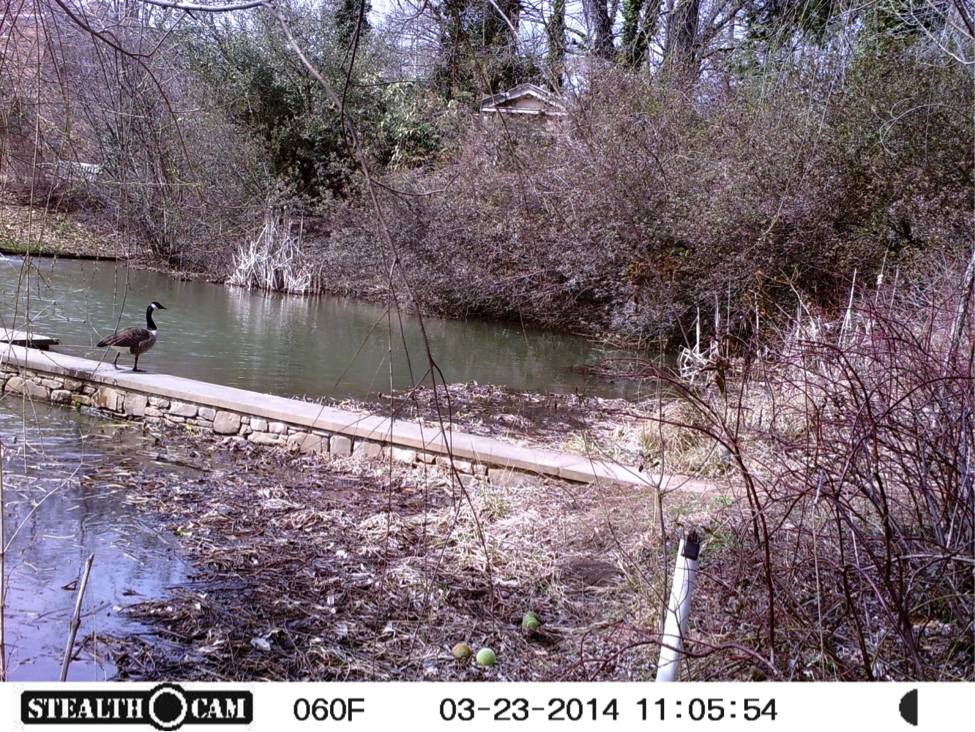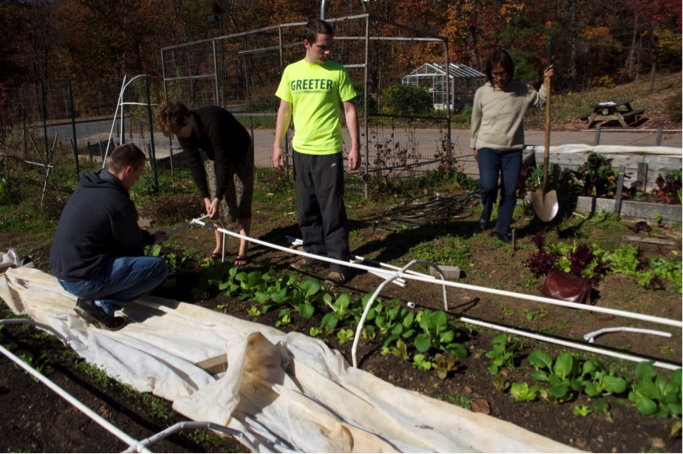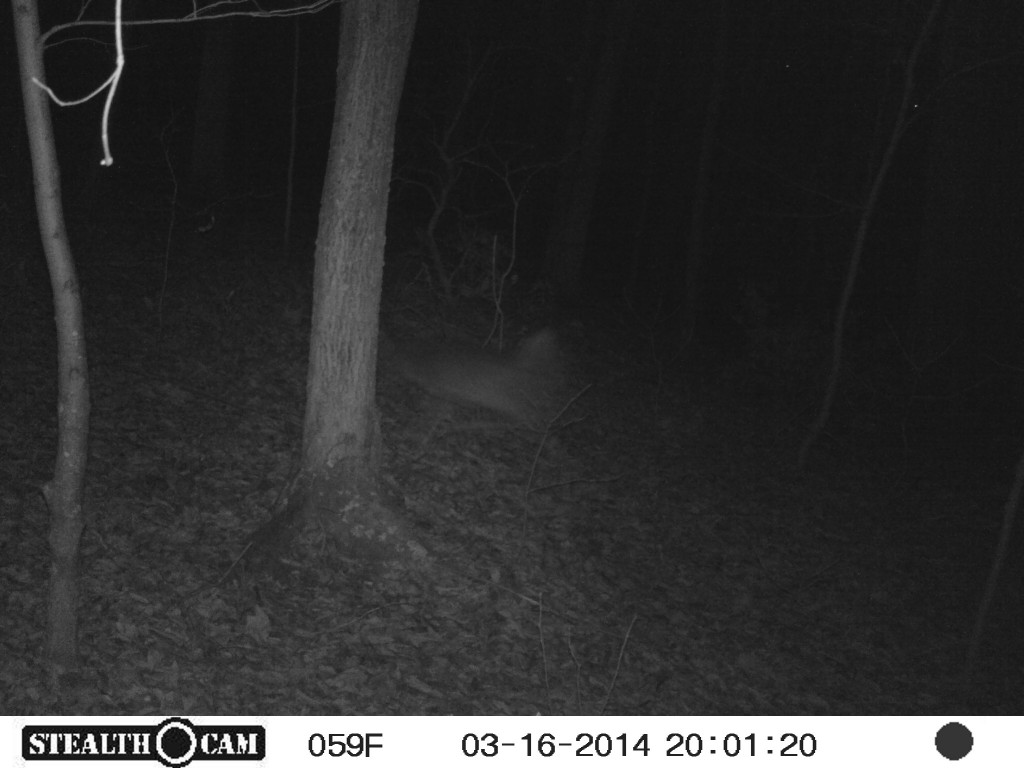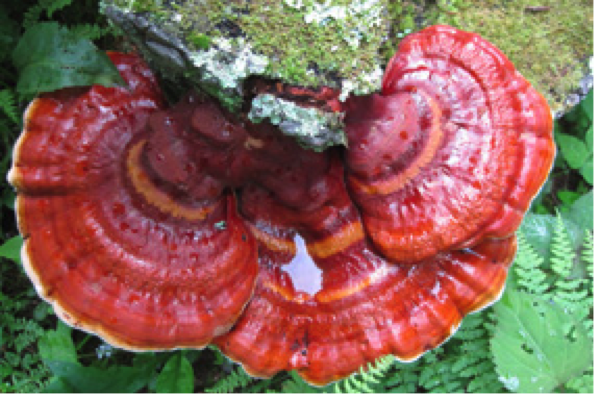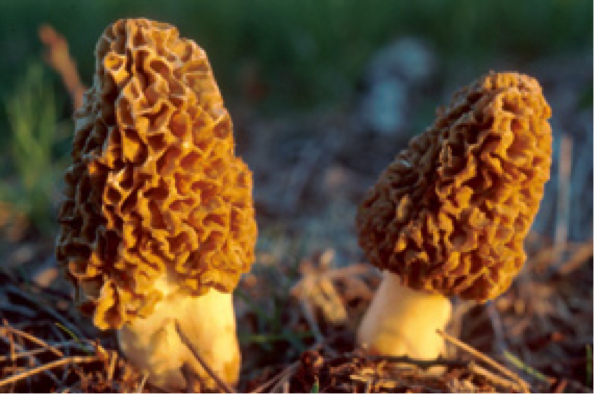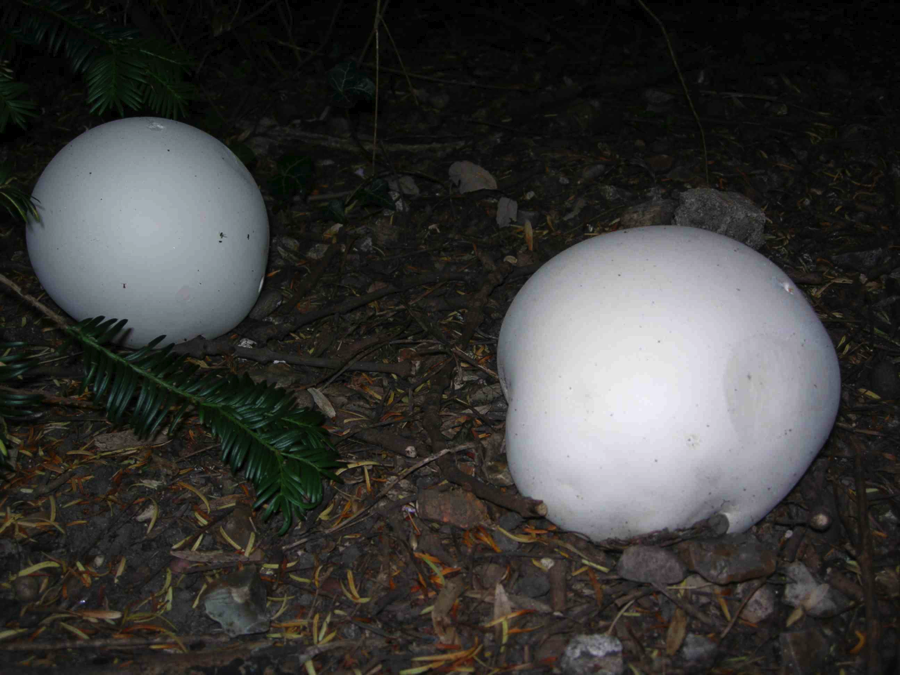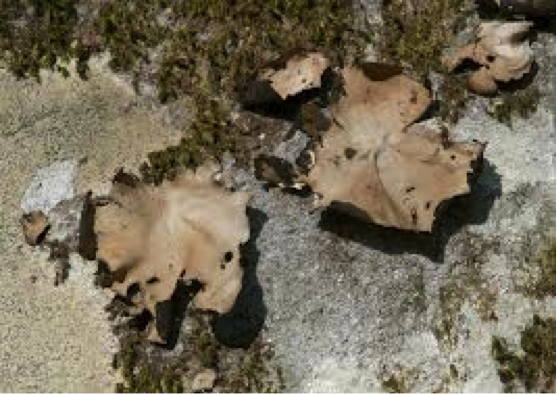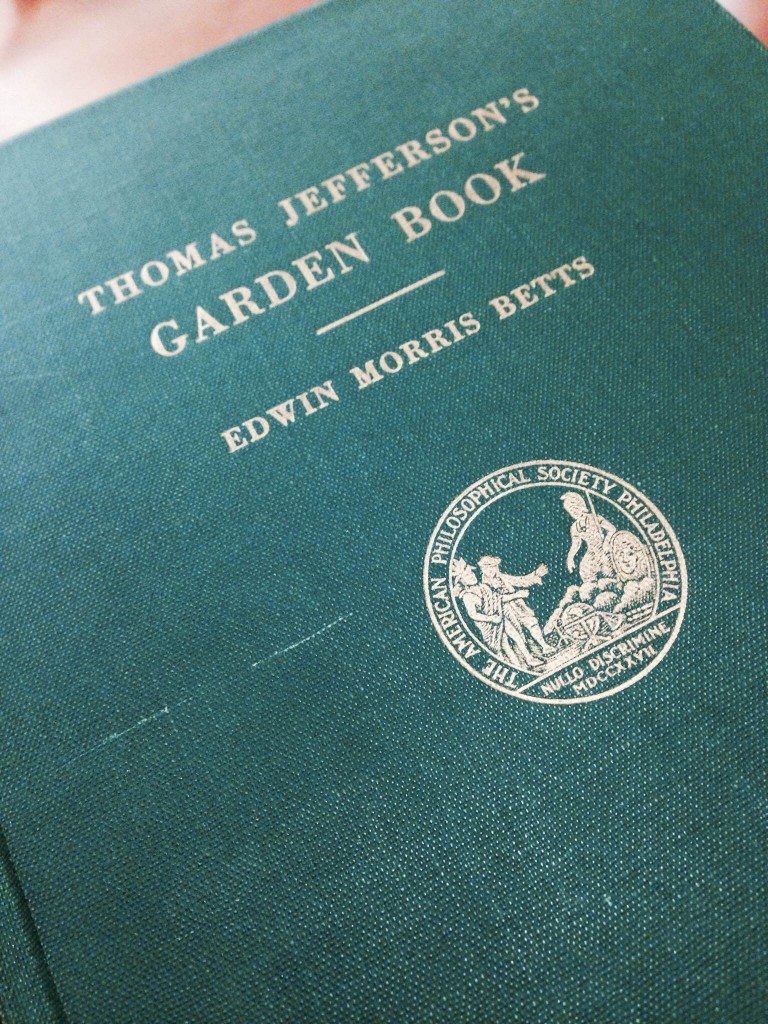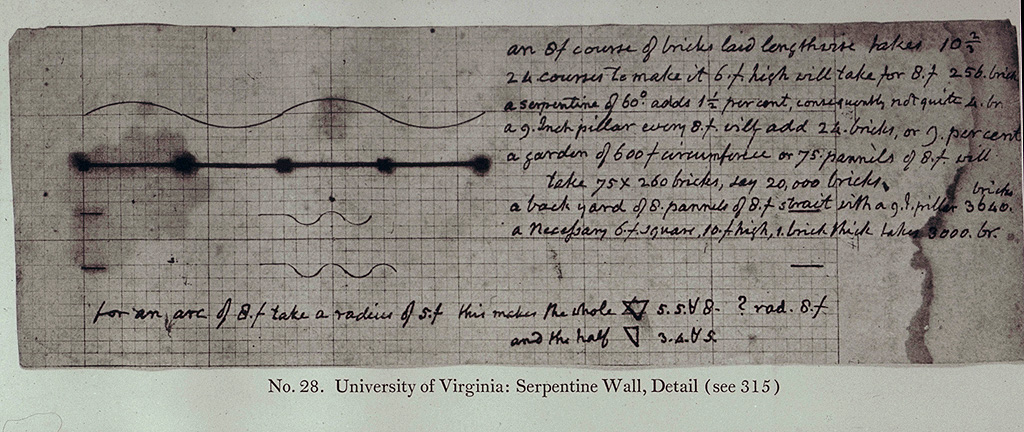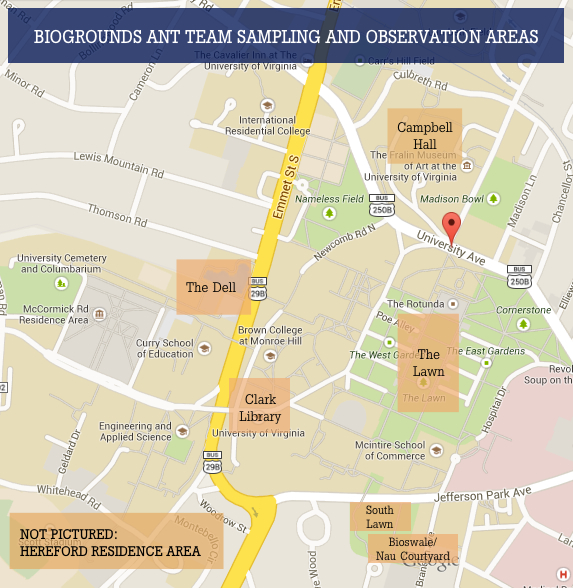In preparation for our green roof visits, our team looked to various resources to identify the best methods to observe and document the biodiversity on the roofs around grounds. With the help of Dr. Matthew Palmer in the Department of Ecology, Evolution and Environmental Biology at Columbia University, we decided on four different methods of sampling we plan to execute during our visits in the coming weeks. The sampling methods are specific to observing mobile organisms including insects and various invertebrates.
Sweep Nets
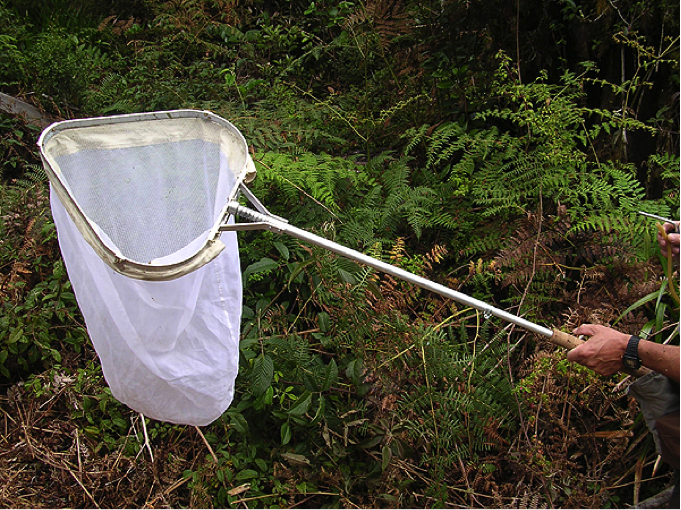
The basic structure of a sweep net is a mesh netting attached to a wire hoop. They can vary in size depending on the environment you are working in but for the purposes of our green roof observations, we will be using one that measures 12 inches in diameter. To collect samples, the nets are swung side to side against the plants. A 180-degree arc downward is considered one full sweep and we will consider four full sweeps as one test in our observations. We plan to conduct at least four tests on each roof. We will also be using an aspirator to help us examine and identify species.
Malaise Trap

Malaise traps can be hung and suspended in the air or be placed on the ground to capture and survey airborne organisms. The tent is made of a lightweight fiberglass frame and mesh screens. Airborne insects will fly into the mesh net, continue to fly up to the white tent and into chamber at the top that will capture the insects. The tent is approximately 3.6 ft x 3.6 ft x 3.6 ft, so these traps will be used on roofs with the appropriate amount of green space to accurately capture roof samples.
Bee Bowls
Bee bowls are 3-4 oz bowls spray painted in a bright color (typically yellow or blue) that are filled up about half way with soap water in order to capture bees. Each gallon of water should be matched with two generous squirts of dish soap. Lemon scents are to be avoided, as they tend to detract bees. The soap in the water will ease the surface tension to ensure the bees remain suspended in the water. Bees and airborne insects will stop moving within 60 seconds of hitting the water and while they may wake up they will not regain normal behaviors. The number of bowls on each roof will depend on the rooftop dimensions, as they need to be approximately 16 feet apart. The bowls will be left out from 9am to 4pm on clear days. The captured specimens will be removed and sifted through using a mesh strainer and the bees will be collected and stored in Ziplock bags filled with 70% alcohol solution (denatured alcohol) to be further examined and identified.
Pitfall Traps
Pitfall traps are made using a 12-16 oz cups that are placed in a hole dug into the ground of the green rooftop. The cups rim should be just under the substrate of the surface. The cups will be filled with saltwater and will serve to capture insects that will walk across the substrate. We plan to place about three pitfall traps out for 24 hours on each roof for testing. The captured insects will be then further identified using field guides with the assistance of an Ecology Teaching Assistant or a member of the UVA Entomology club.
Post by Jane Hur, Fourth-Year, Urban and Environmental Planning
